



Nalut Hosts Workshop for Cultural Heritage Protection
In partnership with our Libyan colleagues, and with support from the U.S. Department of State’s Ambassadors Fund for Cultural Preservation (AFCP), the Cultural Antiquities Task Force (CATF), and the U.S. Embassy Libya External Office (LEO), ASOR is bringing a message of hope through Cultural Heritage Volunteer Weekends (“pop-up” events) and through one-day heritage workshops.
Talal Bariun and Will Raynolds
Intisar al Arebi, one of the most dedicated and intrepid members of the Suitcase Museum team, crawled down into a small, darkened enclosure. She waved the light of her mobile phone in front of her to guide the way. “The temperature was cool inside and there were clay storage vessels built into the walls,” she explained after resurfacing, “good for keeping all kinds of food fresh, like wheat, barley, olive oil and dried dates and figs. As I looked around, I was surprised to find a plaster relief in the form of a cross carefully attached to the back wall.”
She had entered the earthen heart of Qasr Nalut, a fortified granary that for centuries served as a sort of central bank for the city. Roughly circular in form, it consists of hundreds of small cells, hosting the food stores of individual families. Each cell was a combination between a safety deposit box and a refrigerator. According to our guide, Suliman Amru Ahmad, the design is both a testament to the ingenuity of the community as well as a sign of the dangers they faced. Persistent raiders attempted to steal the harvests from farmers along the edge of Libya’s Jebel Nafusa, and the granary was a strategy for communal protection and survival.
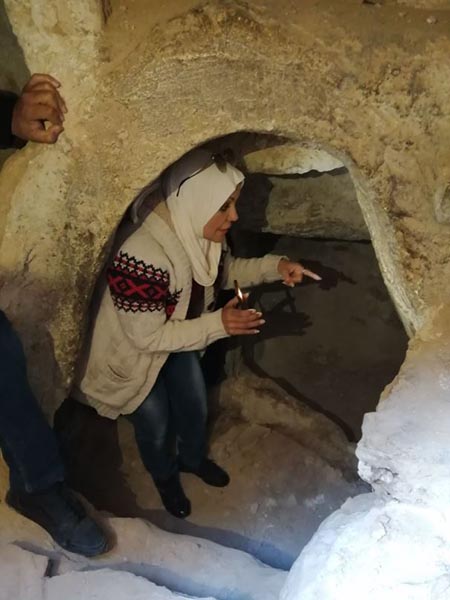
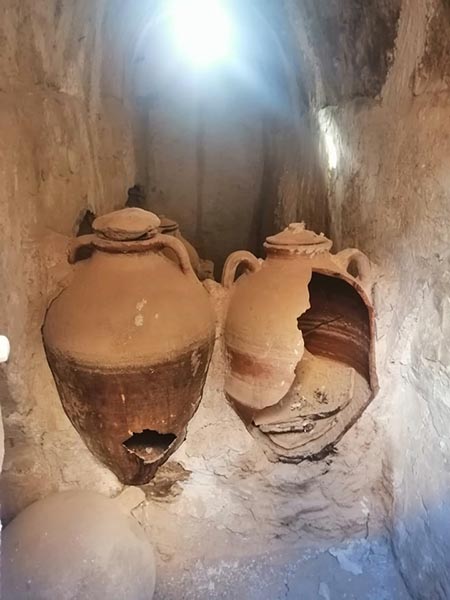
Though Qasr Nalut is one of many fortified granaries that characterize towns throughout the Nafusa region, including other notable examples at Qasr Hajj and Kabaw, it is the only one that is so densely built, with a freestanding tower at its center, a sign of its relative success. Suliman explained that the sign of the cross found by Intisar was not unusual given that the fortified site had once served a diverse community including both Jews and Christians. The nearby Abi Mohammed Kabawi Mosque also bears signs of the cross and the Star of David, testament to successive reuse through time.
Community members described a society that was more tolerant of religious differences because of their common ethnic identity. In Nalut and throughout the Nafusa region, the majority self-identifies as Libyan Berber or Amazigh. Thought to be the descendants of the Numidians who joined Rome in defeating Hannibal Barca at the battle of Zama in 202 BC, the Amazigh remain united through a strong commitment to a shared language and culture. Yet this culture has been swiftly changing.
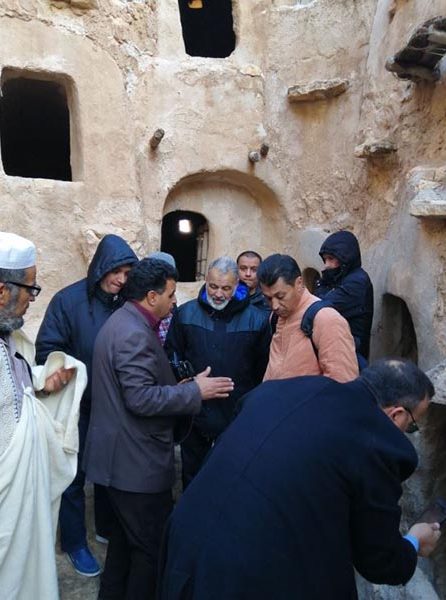
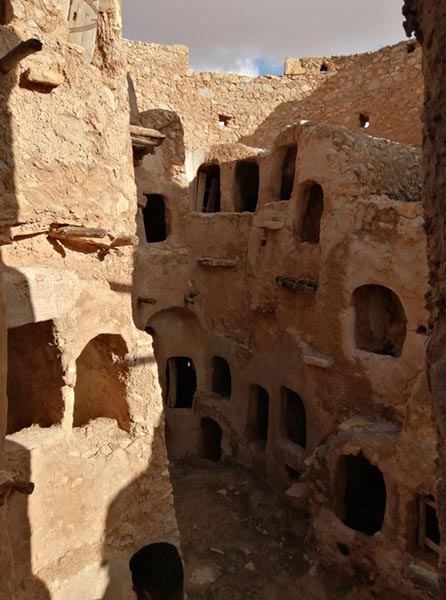
Since the early 1980’s, both the Qasr and the surrounding old city were abandoned by residents who built new houses with low-interest loans from the government and began to store their food in pantries and refrigerators instead of mud brick rooms. Nalut expanded rapidly over this period, and the historic core began to decay after its residents left. One elder member of the local Scout troop, Khalifa Kafu, had lived through these changes. Like many of his peers, he remembered life in the old city as better than life in the new, much larger houses where his family lives now. He returns to his abandoned home frequently and would like to find a way to offer lasting protection to the old city and share it with future generations.
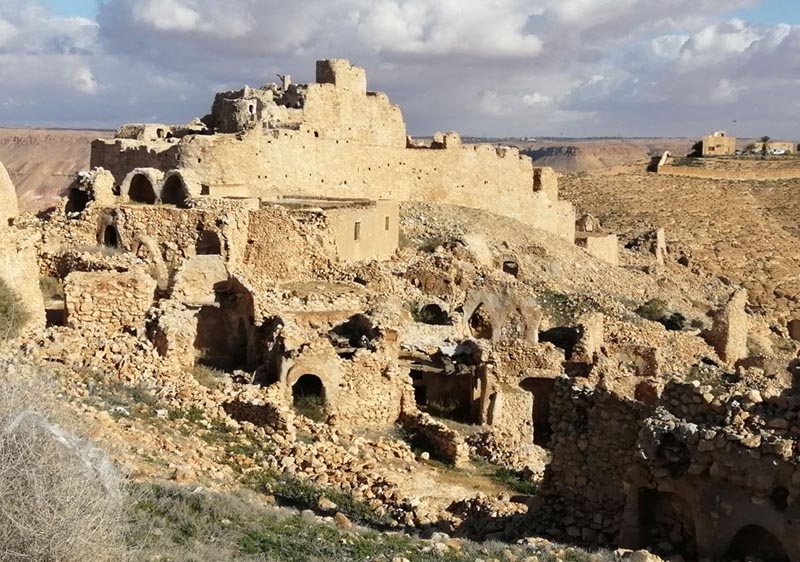
The Amazigh of the Nafusa region struggled to access state resources under the Gaddafi regime. However, since the Libyan revolution of 2011, communities like Nalut have been particularly active in marshalling resources to protect their cultural heritage, and they now seek to connect with partners who share this goal. This was exactly the kind of conversation we had hoped to convene with our latest cultural heritage outreach workshop in Nalut.
Departing Tripoli earlier in the day, our team heard heavy artillery fire downtown, and we had taken a circuitous route to avoid active conflict areas during our travel. The hardship and risk we faced while on the road were made up for by the enthusiasm that greeted us in Nalut. Over the course of four days, 168 people representing 12 national and regional institutions gathered to discuss the richness of this cultural heritage as well as strategies for its protection. We plan to translate this conversation into action through both the ongoing Suitcase Museum program as well as marshalling volunteers to contribute to ongoing maintenance projects.
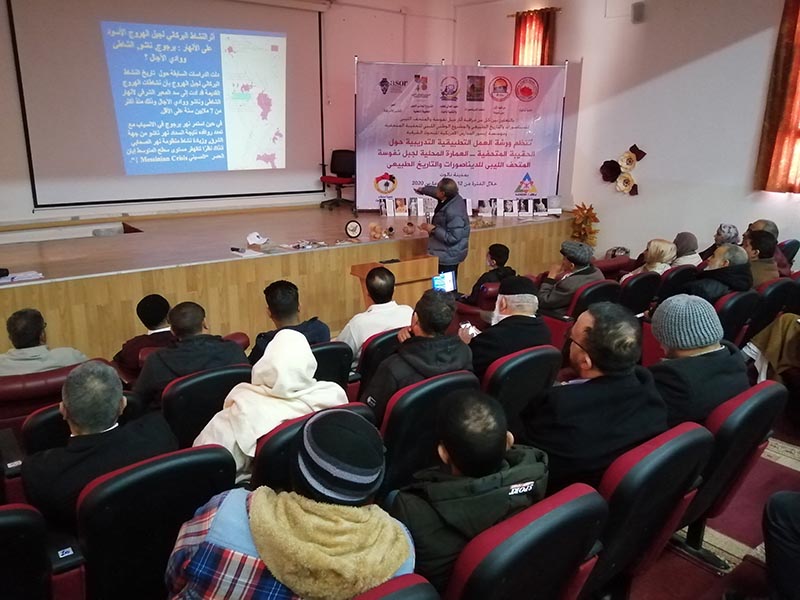
This article reports on the first two days of the Nalut Cultural Heritage Protection Workshop. Stay tuned for more news from the Nalut Workshop in News@ASOR and ANE Today!